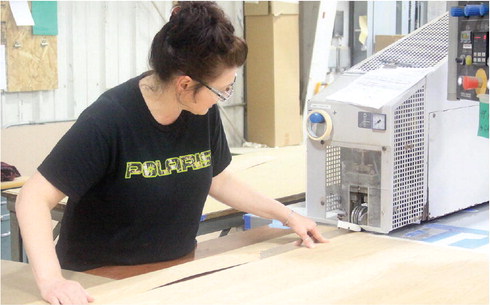other manufacturer at the time ….


other manufacturer at the time that was making something similar. Deiler designed his lead-lined doors and was able to sell them through architects who were designing and building c...


other manufacturer at the time that was making something similar. Deiler designed his lead-lined doors and was able to sell them through architects who were designing and building c...